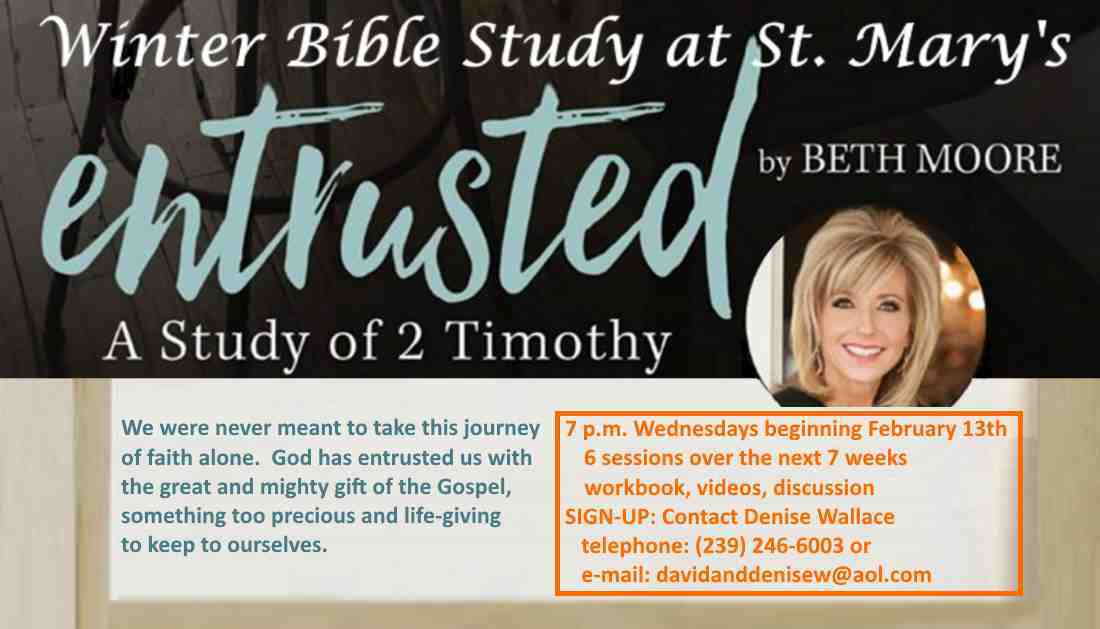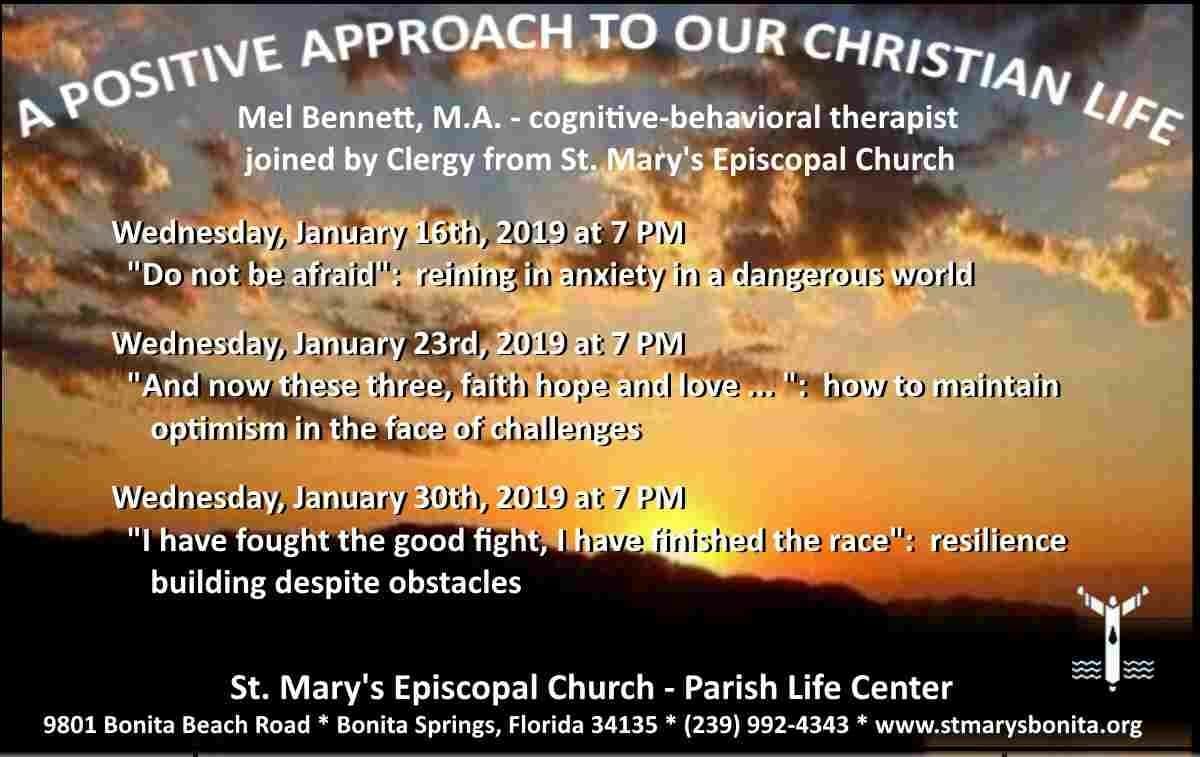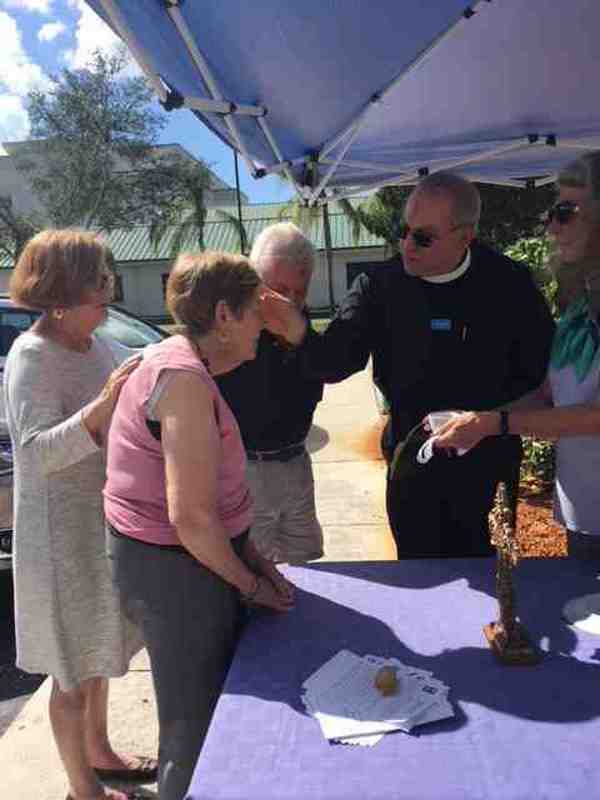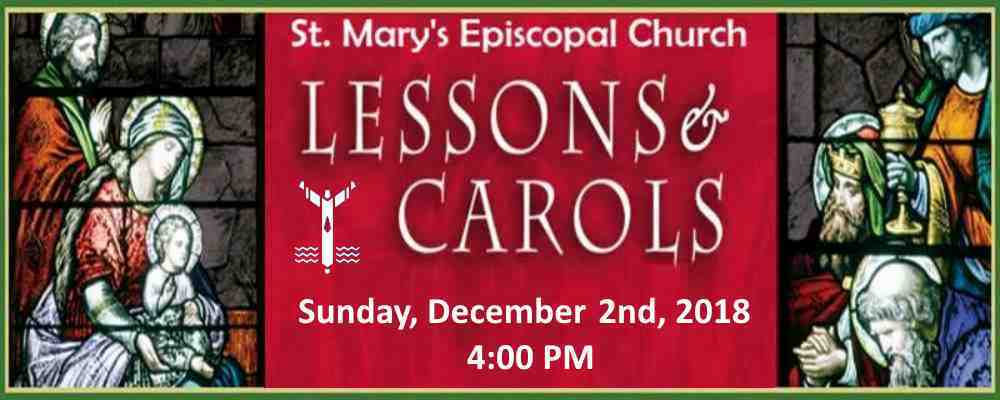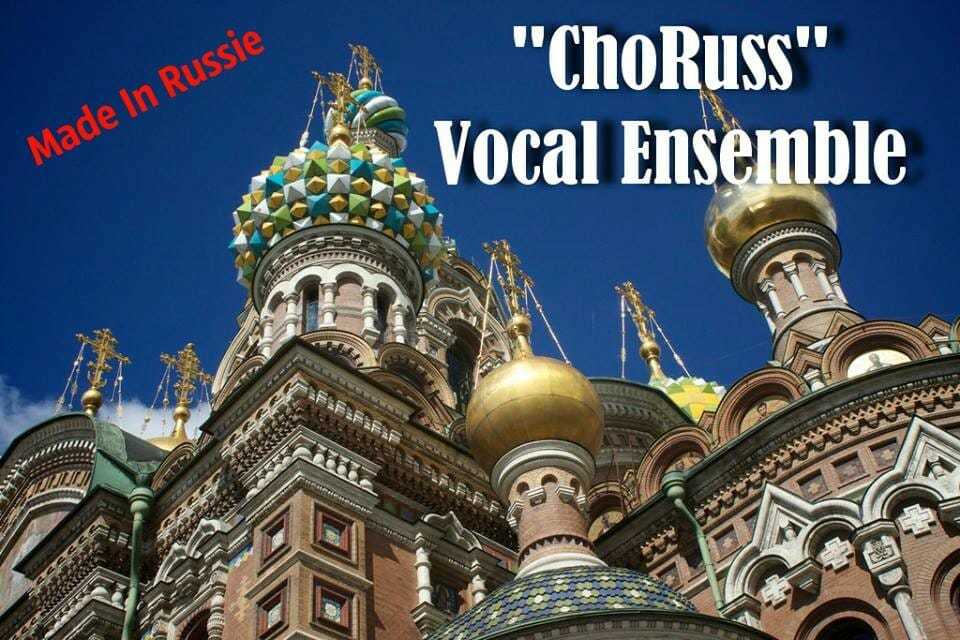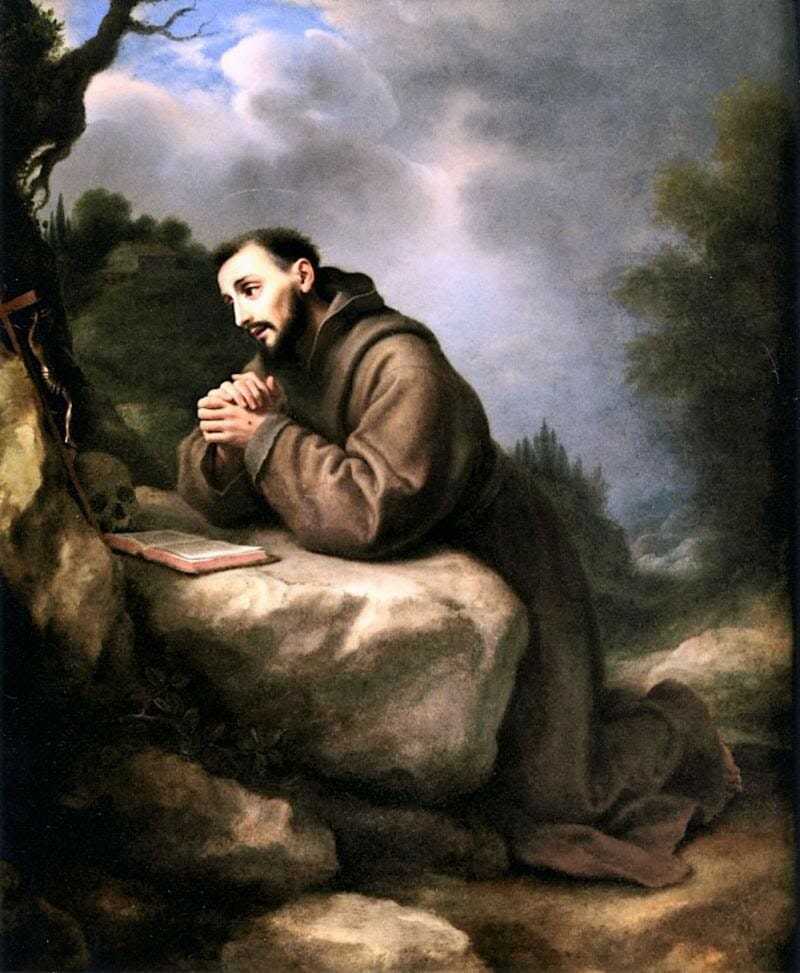Clergy’s Blog
THE PROPERS, PART I: Scaffolds to the Liturgy
The Propers is a vast subject, not easily encompassed in one Insight Into Liturgy. They trace their origin to the early centuries of the Church, indeed their antecedents spring from the synagogue worship of the Jews. Perhaps, in a metaphorical way, it could be said they are like the scaffolding used in the construction of a building, both the exterior and interior. One significant dimension of the Propers is to scripturally identify the readings for
THE FEAST OF THE HOLY CROSS: A Hidden Gem of the Liturgical Calendar
From the Gospel according to St. John (12:32) we read: “And I, when I am lifted up from the earth, will draw all people to myself.” This prophetic passage spoken by Jesus refers, of course, to his forthcoming crucifixion and death on the Cross. September 14th is the annual date for Feast of the Holy Cross; also referred to as the “Exaltation of the Holy Cross”; and it is a hidden gem on our liturgical
THE PROPERS, PART II: Scaffolds and Building Blocks for the Liturgy
In the previous Insight Into Liturgy we observed that the Propers are intrinsic to who we are as Christians, and perhaps more so as Anglicans/Episcopalians because of how they structure our liturgy, how we use them to tap into the enormous spiritual heritage of our faith, how they give life and meaning to the way we worship God. And metaphorically we referred to them as scaffolds for our liturgy, building as it were the edifice
MORNING PRAYER: A Source of Spiritual Enrichment
On Sunday September 13th, at both the 8:00am and 10:00am services, the liturgy will be that of Morning Prayer; with the Liturgy of the Eucharist following at the 10:00am service. Deacon Gilmore will be the officiant for Morning Prayer at both services; and Mother Parini will be the celebrant at the 10:00am Eucharist. This combined arrangement of Morning Prayer and the Eucharist is not new but was the manner by which many Episcopal parishes worshipped
MUSIC IN THE EARLY CHURCH: Sing a New Song
MUSIC IN THE EARLY CHURCH: Sing a New Song by David Bergquist In Ephesians Chapter 5 St. Paul writes: “…but be filled with the Spirit, as you sing psalms and hymns and spiritual songs among yourselves, singing and making melody to the Lord in your hearts…”. As in the many ways our Liturgy of today is indebted to the Early Church, the singing and hymnody (the singing or the composition of hymns or religious songs)
SAINT MARY THE VIRGIN
SAINT MARY THE VIRGIN: Mother of Our Lord Jesus Christ August 15th marks the Episcopal Church’s observance of the feast of Saint Mary the Virgin: Mother of Our Lord Jesus Christ; though in this case it is transferred to the nearest Sunday, which is August 16th. And since we, St. Mary’s Parish, of Bonita Springs, FL are named for St. Mary, this is also the patronal celebration of our parish’s patron saint. In other words,
PENTECOST: The Birth of the Church
In the Gospel according to St. Matthew (28:19) we read: “Go therefore and make disciples of all nations, baptizing them in the name of the Father and of the Son and of the Holy Spirit….” This is known as the Great Commission. But how was it to be inaugurated and accomplished? In biblical times there were several pilgrimage festivals a year in the Jewish tradition; the first of which was Passover, followed fifty days later
THE ASCENSION: The Exaltation of Christ
From the Gospel according to St. John we read (Chapter 16:7): “Nevertheless I tell you the truth: it is to your advantage that I go away, for if I do not go away, the Advocate (Holy Spirit) will not come to you; but if I go, I will send him to you.” With these words, spoken to his disciples, Jesus foretells of two post resurrection events that they will eventually experience: his ascension into Heaven
SAINTS AND SHRINES: Destinations for Our Pilgrimage
A shrine is a church or other sacred place visited for special devotion. Typically they are visited as part of a pilgrimage for purposes of thanksgiving, penitence, intercession, or petition. It is a spiritual ascetic practiced by many faiths and has existed for a very long time; in fact it is recorded in the Gospel according to St. Luke that Jesus’ parents, Mary and Joseph, went to Jerusalem every year to observe the feast of
THE AGNUS DEI: The Symbol of Our Atonement
The Agnus Dei, from the Latin, the Lamb of God, became part of the Roman Liturgy of the Eucharist officially late in the seventh century; though references to the Lamb of God are found in several earlier liturgies. Jesus as the Lamb of God enters the New Testament very early in the Gospel according to St. John (Chapter 1: 36): “Here is the Lamb of God who takes away the sin of the world!”; and

